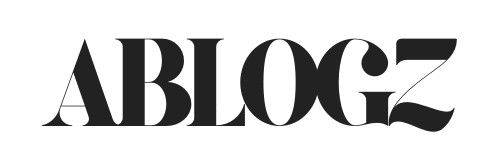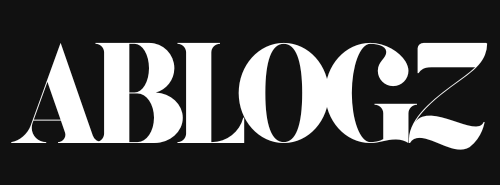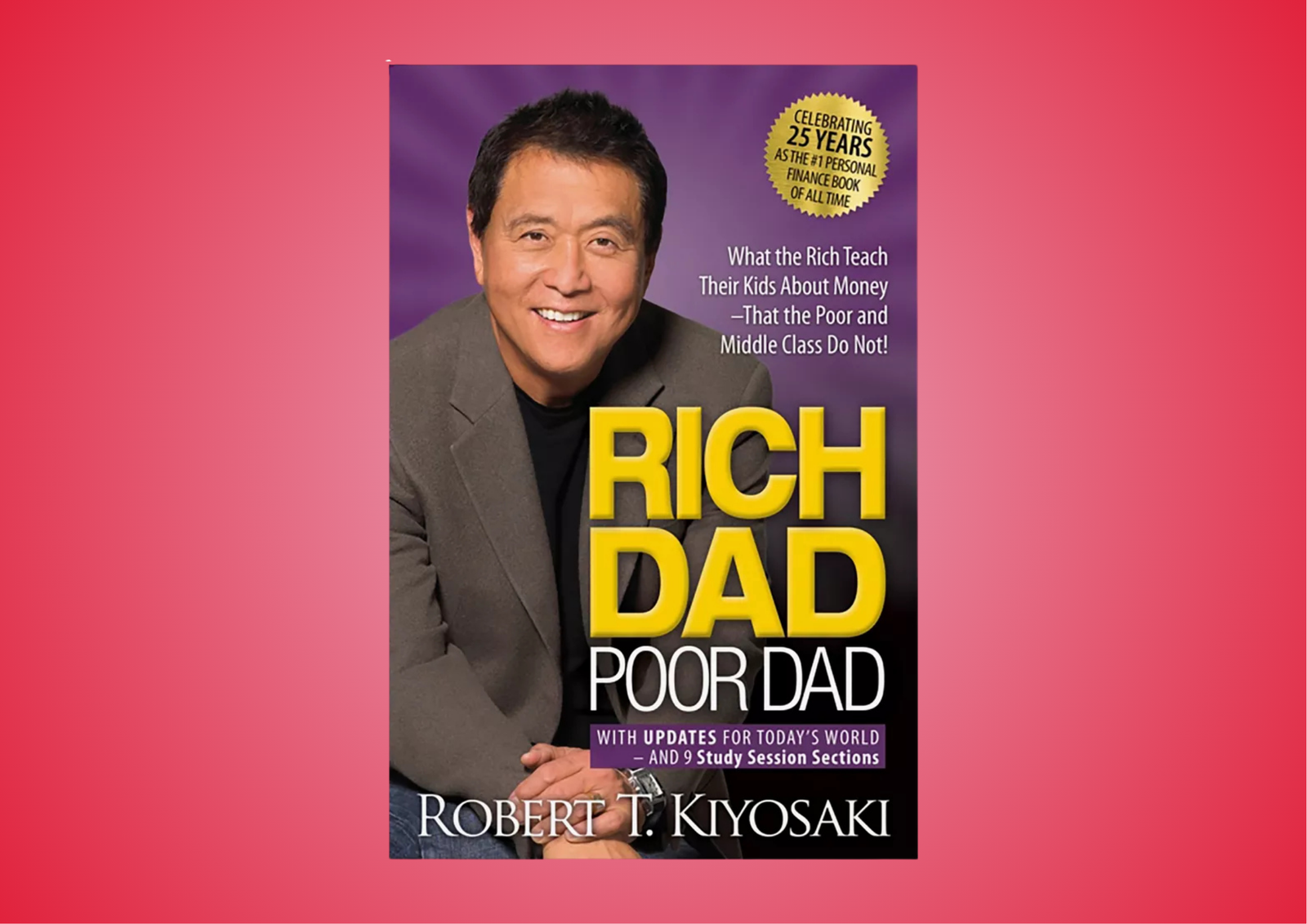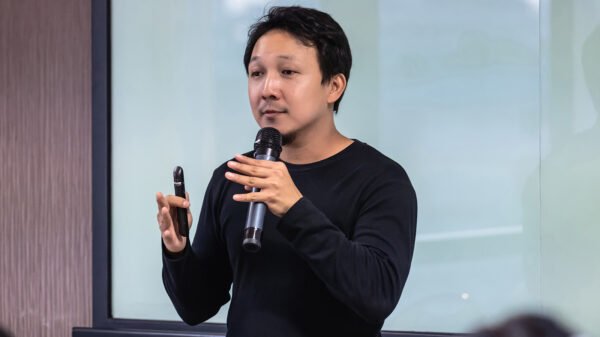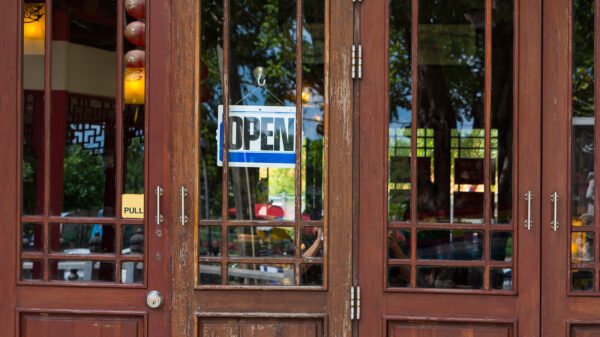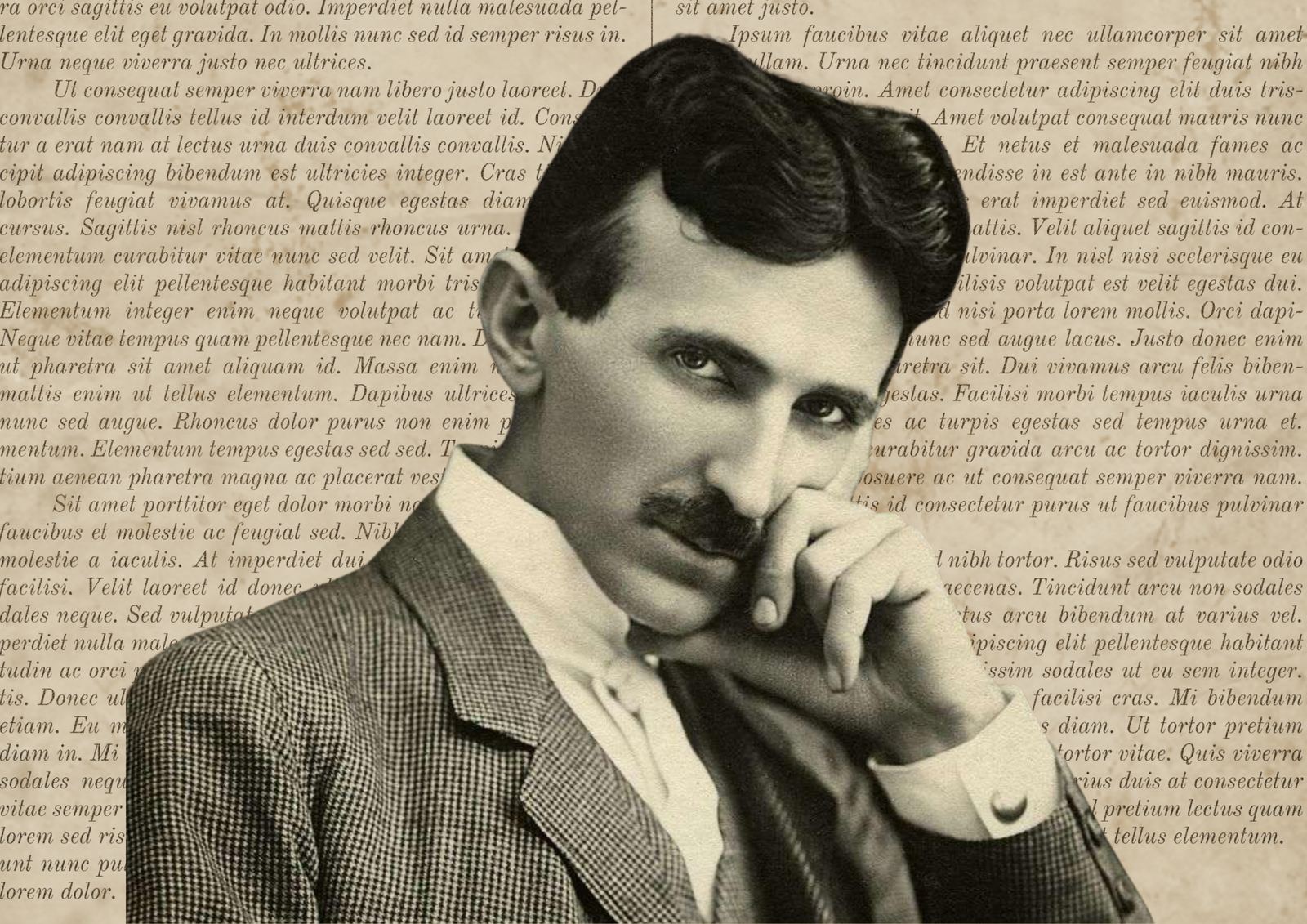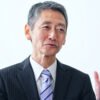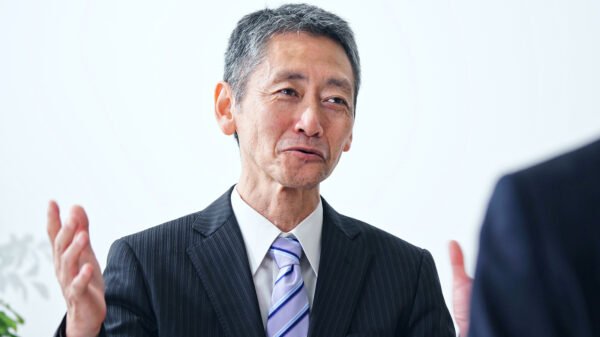Discover the best lessons from Rich Dad Poor Dad and learn how to apply Robert Kiyosaki’s wealth mindset strategies to achieve financial freedom.
Money talks, but the way we understand it makes all the difference. That’s exactly what Robert Kiyosaki laid out in his groundbreaking book Rich Dad Poor Dad. On one hand, there’s the “Poor Dad”—educated, hardworking, but financially struggling. On the other, there’s the “Rich Dad”—less formally educated, yet a master at making money work for him.
The beauty of this book lies in its simplicity—it flips our traditional beliefs about money, jobs, and security upside down. In this blog, we’ll explore the key lessons from Rich Dad Poor Dad, and more importantly, how you can use them today to shift your mindset, build assets, and step closer to financial freedom.
The Tale of Two Dads
Robert Kiyosaki’s childhood was shaped by two father figures:
- Poor Dad (his biological father): A well-educated man who valued job security, stable income, and academic success.
- Rich Dad (his best friend’s father): A savvy businessman who taught Robert how to make money work for him, not the other way around.
This contrast laid the foundation of the book: the difference between working for money vs. making money work for you.
Key Lessons from Rich Dad Poor Dad
1. The Importance of Financial Education
Schools teach us algebra, history, and literature, but almost nothing about money. According to Kiyosaki, financial literacy—understanding how money works, how to manage it, and how to grow it—is the foundation of wealth.
👉 How to Apply This:
- Read books and blogs about personal finance.
- Learn basic accounting, investing, and tax strategies.
- Stay curious about money—don’t just rely on schools or employers to teach you.
2. Assets vs. Liabilities
One of the most eye-opening lessons is the difference between assets and liabilities.
- Assets put money in your pocket (like investments, rental properties, businesses).
- Liabilities take money out of your pocket (like fancy cars, big mortgages, or consumer debt).
👉 How to Apply This:
- Before buying something, ask: “Will this make me money or cost me money?”
- Build a portfolio of income-generating assets.
- Cut down on unnecessary liabilities that drain your wallet.
3. Don’t Work for Money, Make Money Work for You
Poor Dad believed in working for a paycheck. Rich Dad believed in creating income streams. The key idea? Instead of trading your time for money, build systems where money works while you sleep.
👉 How to Apply This:
- Explore passive income sources like dividends, royalties, or rental properties.
- Start small side hustles that can grow into businesses.
- Shift your mindset: time is limited, but money can grow.
4. The Power of Entrepreneurship
Kiyosaki highlights that job security is a myth. While Poor Dad leaned on a steady paycheck, Rich Dad created businesses and opportunities. Entrepreneurship, in many cases, is the fastest track to financial independence.
👉 How to Apply This:
- Start with a side hustle based on your skills.
- Think about problems you can solve for others—money flows where solutions exist.
- Don’t fear failure; view it as a learning curve.
5. Mindset Over Money
The biggest difference between Rich Dad and Poor Dad wasn’t income—it was mindset. Rich Dad saw opportunities where Poor Dad saw risks. The wealthy don’t think, “I can’t afford it,” they think, “How can I afford it?”
👉 How to Apply This:
- Replace limiting beliefs with empowering ones.
- Practice thinking like an investor, not just a consumer.
- Surround yourself with people who have a wealth-building mindset.
Real-Life Examples of Applying Rich Dad Poor Dad
- Buying a Rental Property: Instead of saving endlessly, invest in property that generates rent.
- Investing in Stocks/ETFs: Make your money earn more through long-term investments.
- Building a Business: Even small online businesses can generate recurring income.
- Cutting Debt: Stop paying interest on credit cards and loans—redirect that money into assets.
Why These Lessons Still Matter Today
With inflation rising, job markets shifting, and traditional pensions fading, Kiyosaki’s message is more relevant than ever. Relying solely on a job isn’t safe anymore—you need assets, financial literacy, and a resilient mindset.
FAQs
Q1: Is Rich Dad Poor Dad still worth reading today?
Absolutely! The principles of financial literacy, asset-building, and mindset are timeless.
Q2: Do I need to be rich to start applying these lessons?
Not at all. Even small steps like saving for an investment fund or starting a side hustle put you on the right track.
Q3: What’s the first step to becoming financially free?
Increase your financial education—read, listen, learn, and start applying what you know.
Final Thoughts
At its core, Rich Dad Poor Dad isn’t about money—it’s about freedom. Robert Kiyosaki shows us that wealth isn’t reserved for the privileged; it’s built by those who choose to think differently, act boldly, and build assets instead of chasing paychecks.
So, the real question is: which dad are you going to listen to?
Check out our other helpful articles and resources on Ablogz to explore more insights!
